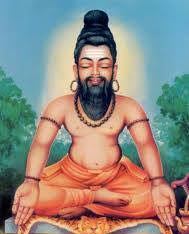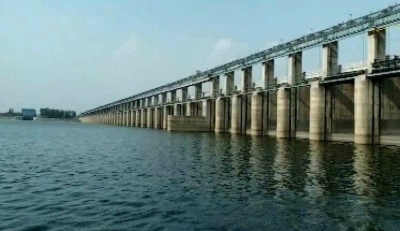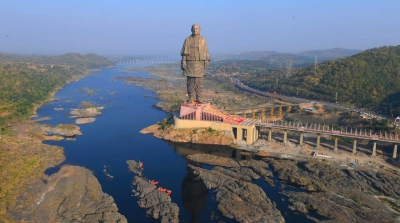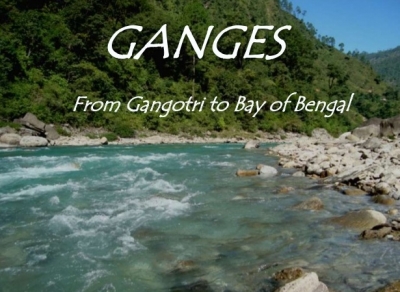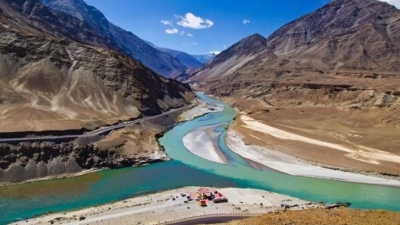
The name ‘India’ is derived from the River Indus, the valleys around which were the home of the early settlers. The Aryan worshipers referred to the river Indus as the Sindhu. The Persian invaders converted it into Hindu. The name ‘Hindustan’ combines Sindhu and Hindu and thus refers to the land of the Hindus.
When the first Constitution of India came into existence on 26th January, 1950 Bharat was thought to be the other official name of the Republic of India.
Derived from the Sanskrit term ‘Bharata’ that means ‘the cherished’, this name dates back to the ancient ‘Hindu Puranas’ (Hindu scriptures) that tells the story of the legendary Emperor Bharata, the first conqueror of the entire Indian subcontinent and the Republic of India.
Bharata is believed to be the founder of the famous Bharata dynasty. Therefore, after his conquer of the Indian land where he and his descendants dwelt, it started to be known as ‘Bharatavarsa,’ where varsa meant ‘land’ or ‘continent’.
Picture Credit : Google

